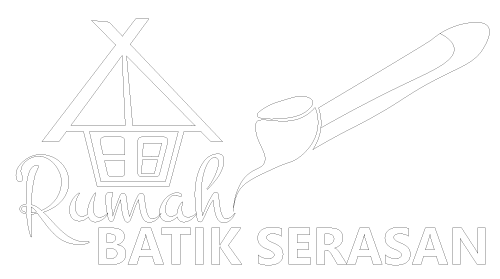Rumah Batik Serasan – Indonesian Batik is much more than just patterns and colors. It is a reflection of the rich cultural heritage of Indonesia, a testament to the creativity and artistic expression of its people, and a symbol of the nation’s identity. Beyond its vibrant designs and intricate details, batik tells a story of the history, beliefs, and traditions of the Indonesian people.
One of the most distinctive aspects of Indonesian batik is the process of creating it. Traditional batik making involves a labor-intensive process of drawing designs onto fabric using hot wax as a resist.
The fabric is then dyed and the wax is removed, revealing the intricate designs. This process is repeated several times to produce the rich, layered patterns that are characteristic of Indonesian batik.
The designs and motifs used in Indonesian batik are equally important in telling its story. They often have symbolic meanings and are inspired by nature, folklore, and traditional beliefs.
For example, the “kawung” motif, which is a simple, circular design, symbolizes the sun and is a symbol of good fortune.
On the other hand, the “ceplok” motif, which is a complex pattern of interlocking geometric shapes, is said to represent the balance and harmony of the universe.
In addition to its traditional roots, Indonesian batik has also evolved and adapted to the changing times.
Today, batik is not just limited to traditional clothing but has found its way into modern fashion, interior design, and even products for daily use.
This has expanded the reach and appeal of batik beyond the borders of Indonesia, making it a recognizable and sought-after art form worldwide.
Furthermore, Indonesian batik is also a source of economic empowerment for many communities. The batik industry provides employment opportunities and supports the livelihoods of countless people, especially in rural areas.
This not only contributes to the development of the country but also helps to preserve the traditional techniques and skills that are integral to the creation of batik.
In conclusion, Indonesian batik is much more than just patterns and colors. It is a reflection of Indonesia’s rich cultural heritage, a testament to the creativity and artistic expression of its people, and a symbol of the nation’s identity.
Beyond its vibrant designs and intricate details, batik tells a story of the history, beliefs, and traditions of the Indonesian people and is a source of economic empowerment for many communities.





